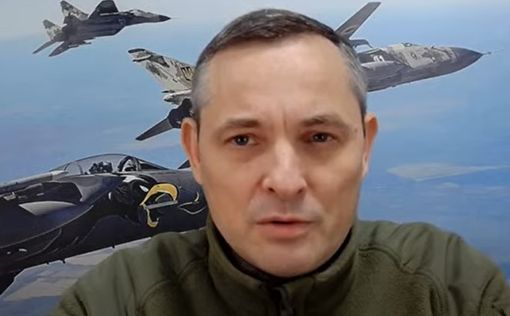Russia has intensified the modernization of its missile and drone arsenal, significantly complicating Ukraine’s ability to intercept incoming threats. Yuriy Ignat, spokesperson for the Ukrainian Air Force Command, stated during a national broadcast that the Russian military has not only altered the tactics of its missile strikes but also improved the technological capabilities of both its drones and ballistic missiles.
According to Ignat, Russia’s use of Shahed drones—first deployed in the fall of 2022—has evolved. The drones have been visually altered to a black exterior and equipped with upgraded guidance systems and satellite navigation. These changes have made them more difficult to detect and intercept. At the same time, the enemy is actively upgrading its ballistic missile systems. While Ukraine’s acquisition of U.S.-made Patriot systems initially enabled the interception of Russian Kinzhal and Iskander missiles, the new modifications now present greater challenges to air defense units.
Ignat reported a noticeable shift in the types of missiles used by Russian forces. Since early 2024, ballistic missiles have made up a growing share of Russia’s strikes, while the number of cruise missiles has decreased. Ballistic missiles are notably harder to intercept and require more advanced systems for reliable defense. According to Ignat, one reason for the increased use of such missiles is that Russia is aware Ukraine can only counter them with a limited number of Patriot systems.
This development was demonstrated in a recent attack on Kyiv and its surrounding region. During the assault, Russian forces launched six ballistic missiles. Ukraine’s air defenses were only able to intercept one, while the remaining five struck targets in Kyiv Oblast. The attack caused damage and highlighted the vulnerabilities even advanced air defense systems face when confronted with sustained and technologically upgraded assaults.
In response, Ukraine is actively sharing real-time intelligence with its Western allies to help refine existing air defense technologies. Ukrainian officials hope this collaboration will lead to improved interception rates and the rapid deployment of more capable anti-missile systems. Ignat emphasized that the evolving Russian strategy and weaponry require constant adaptation and innovation from Ukraine and its international partners to maintain effective defense capabilities.




